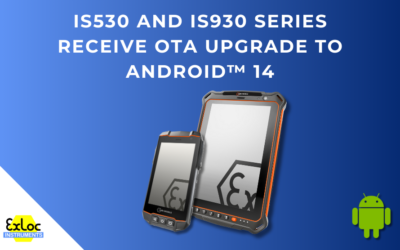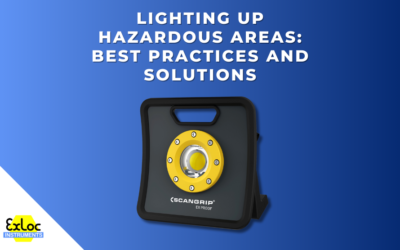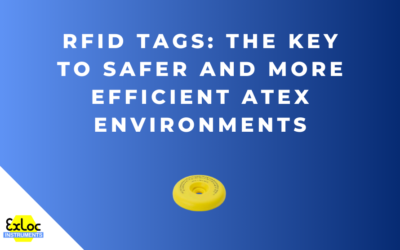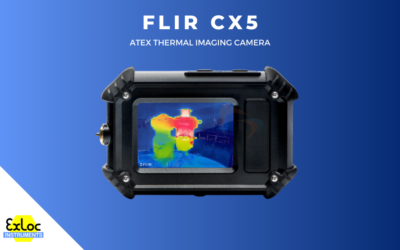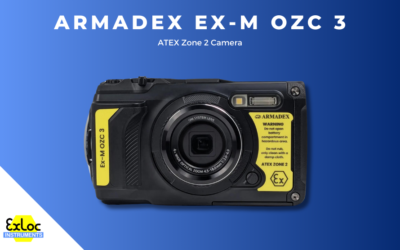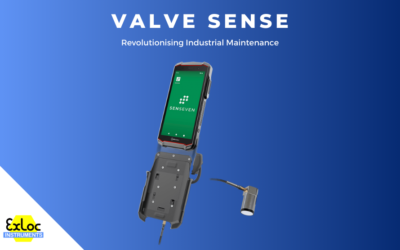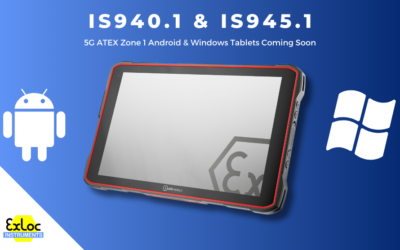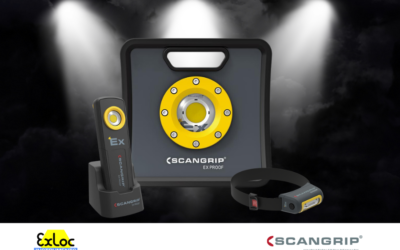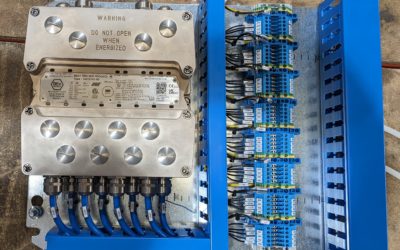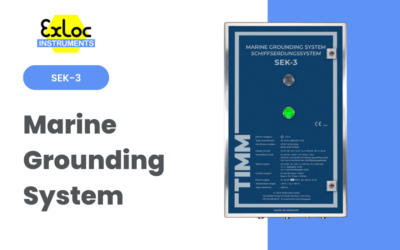Smartphone vs Tablet: Which Device is Right for You?
In hazardous environments where safety and performance are critical, selecting the right ATEX certified device is key. For Zone 1/21 areas, the IS940.1 tablet and IS540.1 smartphone from i.safe MOBILE are two standout options, each designed to meet strict safety...
IS530 and IS930 series receive OTA upgrade to Android™ 14
i.safe MOBILE focuses on both the durability and safety of its products, offering robust mobile devices designed for use in potentially explosive environments. To meet the high standards of its customers and industry demands, i.safe MOBILE will upgrade its IS530 and...
Lighting Up Hazardous Areas: Best Practices and Solutions
Lighting in hazardous areas is critical not just for visibility, but for ensuring the safety of everyone in the workspace. In industries such as oil and gas, chemical manufacturing, and mining, where explosive atmospheres are common, the right lighting can mean the...
RFID Tags: The Key to Safer and More Efficient ATEX Environments
In today's industrial landscape, ensuring safety in hazardous environments is paramount. Understanding these areas' nuances and implementing robust safety measures is crucial for protecting personnel and assets. In such environments, the significance of stringent...
FLIR Cx5: A Dedicated Thermal Camera for Hazardous Locations
Discover the ultimate solution for safe and efficient inspections in explosive environments with the FLIR Cx5 Thermal Imaging Camera.The FLIR Cx5 Thermal Imaging Camera revolutionises the way operators inspect their equipment and facilities in hazardous locations....
Unveiling the ARMADEX Ex-M OZC 3: Revolutionising Hazardous Area Imaging
In the realm of hazardous area imaging, the ARMADEX Ex-M OZC 3 stands out as a game-changer in precision, safety, and functionality. With its robust design and cutting-edge features, this explosion-proof camera redefines what's possible in ATEX Zone 2 environments....
Revolutionising Industrial Maintenance: The Power of Valve Sense
The valve systems within industrial environments play a vital role in maintaining efficient operations. However, the continuous usage and exposure to various factors can lead to wear and tear, compromising their performance. To address this challenge, the innovative...
The Next Generation of ATEX Tablets
i.safe MOBILE has revealed two groundbreaking tablets designed for Zone 1/21, marking a pivotal moment in explosion-proof mobile devices. They've introduced the Android-based IS940.1 and the new Windows tablet, IS945.1, making a significant entry into the world of...
Capture Every Detail: The IS540.1’s 48MP Camera
Hazardous areas such as chemical plants, oil refineries, and manufacturing facilities, present distinctive challenges to personnel, necessitating the provision of the right tools. Enter the IS540.1 ATEX Zone 1 smartphone, a robust device which has been meticulously...
Enhance Workplace Safety and Visibility as Winter Approaches
Exloc is proud to be able to provide a new range of hazardous area lighting solutions which are designed to improve safety and visibility in low-light areas thanks to Scangrip. This can be particularly important at this time of year where the nights are darker and the...
Case Study: RA Jones & BEx Solutions
R.A Jones & Co (UK) produce a range of equipment for Packaging and filling processes and these include Aerosol filling and pressure testing machinery, both for safe Area and Hazardous Area / Location use. A new High speed 24 head Aerosol filling machine, destined...
Help Prevent Spark Discharges in Explosive Atmospheres
The loading and unloading of oil or chemical tankers with petroleum products or flammable liquids can create a hazardous environment. Owing to the potential difference between the tanker and the pier or dock, sparking can occur at the connecting points of unloading...


